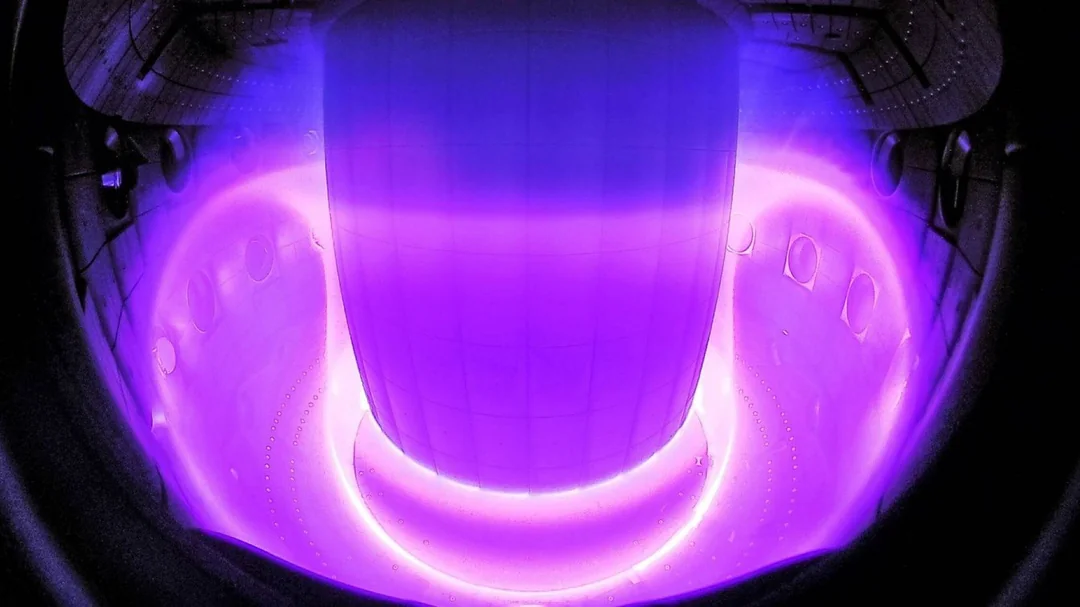Beyond the Grid: Mike Cassidy on Fusion, AI, and the Future of Space Power

Featuring an interview with Mike Cassidy, Serial Entrepreneur and Space Industry Leader
Welcome to Beyond the Grid, our Q&A series exploring the evolving role of power in space. In each edition, we sit down with innovators shaping the future of energy and propulsion beyond Earth.
Today’s guest is Mike Cassidy, a veteran of both terrestrial and space energy ventures. Known for leading bold projects like Project Loon at Google X and now working with D-Orbit USA (www.dorbit.com), Cassidy brings deep experience across in-space logistics, communications, and propulsion. He shares his perspective on fusion, AI, and why power is becoming the defining constraint for space innovation.
Why Fusion Could Change Everything
Q: Fusion propulsion could radically change how we move satellites and space assets. What makes fusion-based systems a game-changer for space power and propulsion?
Mike Cassidy: Fusion energy is incredibly efficient. Just 1 kilogram of deuterium can yield about 10 million times more energy than 1 kilogram of oil. And deuterium isn’t rare, it makes up about 1 in every 5,000 hydrogen atoms in seawater, and it’s relatively easy to extract using centrifuges.
If we can make fusion work for space propulsion or power, it would unlock vastly more efficient systems. It would change what’s possible in terms of spacecraft speed, payload, and endurance.
Space Infrastructure’s Role in Earth’s Energy Future
Q: You’ve worked on both terrestrial and space-based energy challenges. Where do you see the biggest opportunities for space infrastructure to help meet global energy demand?
Cassidy: A number of startups, like Virtus Solis, are exploring space-based solar power, where energy is harvested in orbit and beamed back to Earth using microwaves. It’s a tough technical challenge, but potentially achievable.
One major advantage is that orbital platforms can stay in near-constant sunlight, unlike terrestrial solar, which faces long nights and weather disruptions.
Lessons from High-Altitude Networks
Q: With Project Loon, you tackled global internet access from the edge of space. What lessons from high-altitude systems inform how we think about distributing power and data across orbital networks?
Cassidy: The key takeaway is that power often limits satellite performance. Higher data throughput requires more power. Period. We’ve seen this firsthand with satellite evolution:
- Starlink v1.0 (2019–2020): ~260 kg, 2–3 kW, 20–40 Gbps
- Starlink v1.5 (2021–2022): ~300 kg, 3–4 kW, 40–80 Gbps
- Starlink v2 Mini (2023+): ~800 kg, 5–6 kW, 100–200 Gbps
- Starlink v2 Full (TBD): ~1,250–2,000 kg, 12–20 kW, 1 Tbps
Smallsats keep growing in size just to meet higher power demands.
How AI Will Reshape Space Power
Q: As AI and defense systems drive a surge in space activity, how do you think about the power requirements—not just for propulsion, but also for data processing and persistent operations in orbit?
Cassidy: Space-based AI will fundamentally change power demand. Earth observation satellites, for example, are adding onboard image recognition. Rather than sending gigabytes of raw data to the ground, they’ll transmit key insights, like “a foreign warship detected at these coordinates.”
This shift means more onboard processing power is needed, though it could reduce transmission power needs. On the defense side, systems like missile defense or laser-based technologies would require orders of magnitude more power in space.
The Private Sector’s Role in Solving the Space Power Bottleneck
Q: What role do you see for private companies in solving the emerging power bottlenecks as we scale up commercial space platforms?
Cassidy: Private companies often move faster than governments. That speed advantage puts them in the best position to solve bottlenecks in space power, whether through faster tech development or innovative business models.
Mike Cassidy’s insights highlight a new reality: Power isn’t just another subsystem in space, it’s becoming the core constraint shaping everything from satellite networks to defense systems and interplanetary propulsion.
Stay tuned for more conversations in Beyond the Grid as we explore how innovators are solving space’s biggest energy challenges. Follow us on LinkedIn to catch every edition.